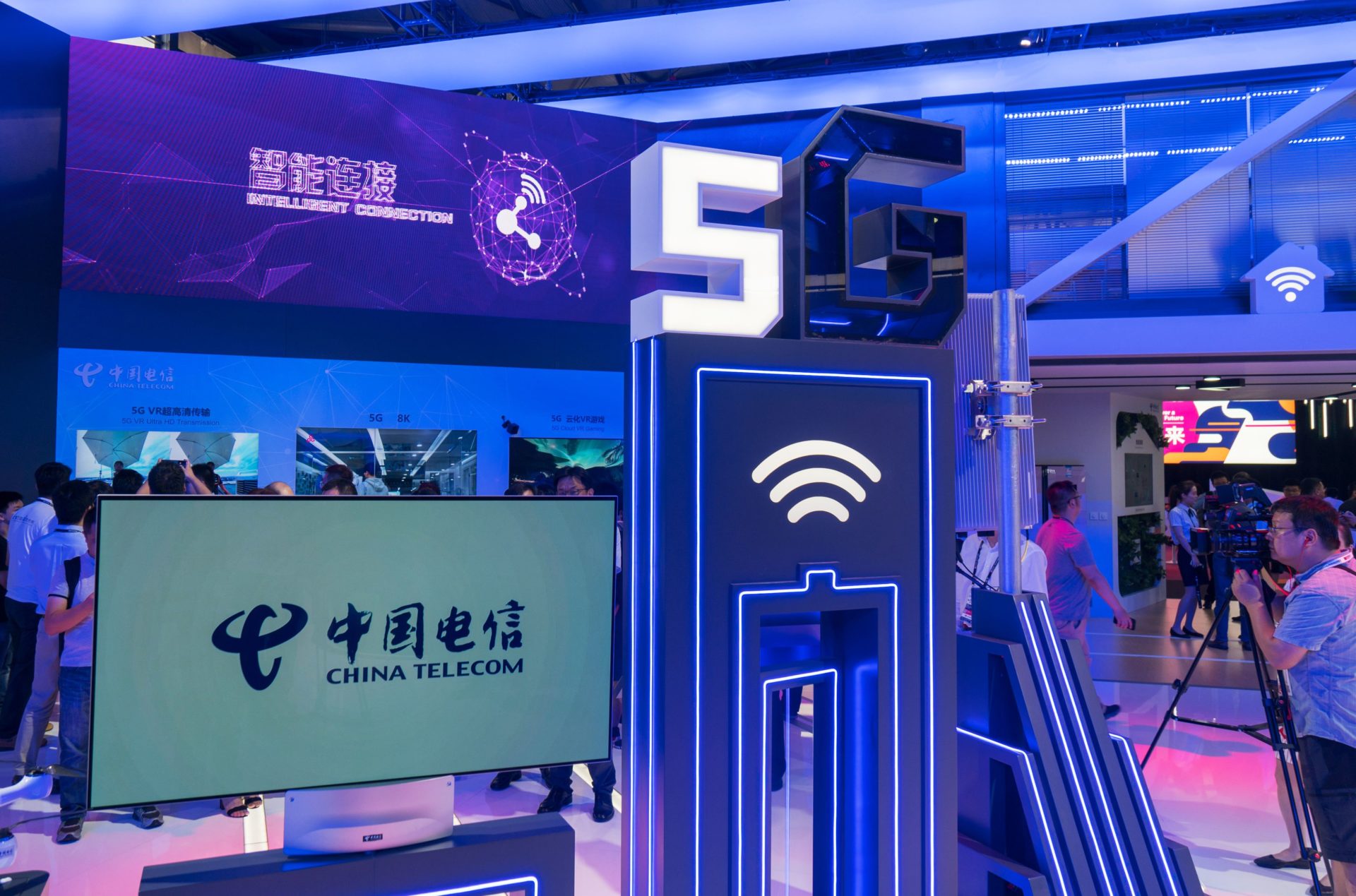
5G may just put China ahead of the World in the field of Wireless Technology
4G is the undisputed kind of the hill when it comes to the smartphone market, for now.
By the end of August 2018, China had 1.1 billion 4G mobile subscribers, more than the populations of the US, Indonesia, Russia, Japan and Germany combined.
The incredible scale of people who possess high speed access to the internet via their 4G handsets has significantly boosted the Chinese digital economy, as more consumers shop, watch video, send messages, order food, and so on.
However, while China has the world’s largest mobile market by subscriber and network size, other countries have taken the lead in wireless communications technology development, and that exact reason is why China regards next-generation 5G networks, which offer faster data rates, reduced latency, energy savings, cost reductions, higher system capacity and massive device connectivity, as a chance to get out in front and take the lead.
If “big data” is the newest craze of the digital era, then 5G is the optimal delivery tool, though unlike previous generations, China is determined to take absolute charge of this infrastructure, giving it total control of its own industrial future.
5G forms a part of Beijing’s “Made in China 2025” (MIC2025) policy road map and will be directly supported and monitored by the Chinese government until true completion is achieved.
Naturally and as a result of this, China’s road to 5G has been well planned. In 2012, two years before China Mobile launched 4G services on the mainland, various Chinese entities joined an international initiative to research and develop 5G giving them a head start in comparison to the rest of the world. With peak data rates up to 20 times faster than 4G, 5G will serve as “the connective tissue” for new mobile applications, such as the internet of things, autonomous cars and smart cities, thus providing the backbone for the industrial internet, according to a Deloitte report.
On the consumer side, 5G smartphone users will be able to send high-resolution 4K video within a few seconds, and both video games and apps based on augmented and virtual reality technologies will be seamless. The 5G networks will also be able to support the growing number of connected devices globally, from fitness-tracking watches to internet-linked televisions and smart speakers at home.
The International Telecommunications Union, the United Nations agency overseeing development of the “IMT 2020” global standard for 5G, said the new technology would support 1 million connected devices per square kilometre; 1 millisecond latency (representing the nearly instant time a packet of data takes to get from one point to another); greater efficiency in terms of power and use of radio spectrum; and a peak data download rate of up to 20 gigabits per second.
The agency works in tandem with the 3rd Generation Partnership Project (3GPP), an international collaboration of seven telecoms standard development organisations that draw up complete mobile system specifications.
The 3GPP recently approved the much-anticipated global technology specifications for 5G, which is expected to kick off initial deployments by some of the world’s largest telecoms network operators either later this year or early in 2019.
Separate 5G network tests are being readied by China’s three telecoms operators in various cities, each deploying about 1,000 base stations, according to Bernstein Research analyst Chris Lane. “We do not expect a significant roll-out until next year, and commercial launch will be in 2020. So far, these appear to be on track,” Lane said.
